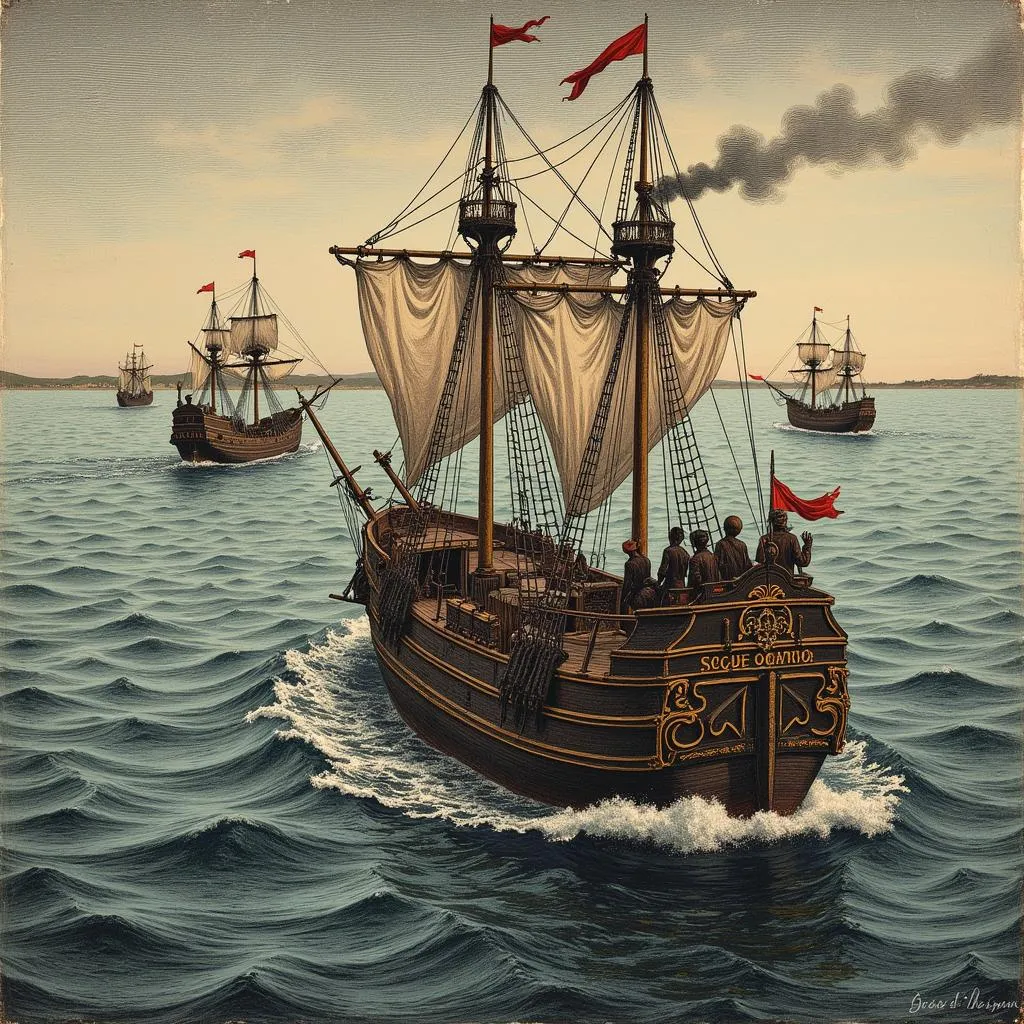The distinction between a “slave society” and a “society with slaves” might seem subtle at first glance, but it unveils a crucial understanding of how deeply ingrained slavery was in different historical contexts. While both terms acknowledge the abhorrent presence of enslaved people, they point to different relationships between slavery and the economic, social, and political fabric of a society.
Defining the Terms: What Sets Them Apart?
A “slave society” refers to a civilization where slavery is not merely present but constitutes the very foundation upon which the society operates. In such societies, slavery is not just an economic system; it permeates all aspects of life, shaping social structures, influencing political power dynamics, and even impacting cultural practices. The economy heavily relies on enslaved labor, with vast numbers of enslaved people working in various sectors, from agriculture and mining to domestic service and skilled crafts.
On the other hand, a “society with slaves” acknowledges the presence of enslaved people but emphasizes that slavery is not the defining characteristic of that society. While the exploitation of enslaved labor still exists, it doesn’t form the backbone of the economy or permeate all levels of social and political life. Other labor systems might be in place alongside slavery, and the society’s identity isn’t solely built upon the institution of slavery.
Case Studies: Illustrating the Difference
Ancient Rome serves as a compelling example of a “slave society.” The Roman economy, particularly its agriculture and mining industries, heavily relied on the labor of a massive enslaved population. Slavery was also interwoven with Roman social hierarchy, influencing everything from entertainment in the Colosseum to the education of elite children.
In contrast, 18th-century England, while undoubtedly benefitting from the Transatlantic slave trade, is often considered a “society with slaves.” While slavery existed, particularly in the colonies, England’s economy was also driven by wage labor, burgeoning industries, and trade. Slavery’s influence, while significant, didn’t entirely define England’s social fabric or political systems in the same way it did in ancient Rome.
 Transatlantic Slave Trade Ships
Transatlantic Slave Trade Ships
Why This Distinction Matters: Moving Beyond Simple Definitions
Understanding the difference between these terms is crucial for several reasons:
- Accuracy in historical analysis: It encourages a more nuanced understanding of the complexities of slavery and its varying impact on societies throughout history.
- Avoiding generalizations: Not all societies that practiced slavery did so to the same extent or with the same societal consequences.
- Recognizing the enduring legacy: Examining the varying degrees of slavery’s influence helps us understand its long-lasting impact on social structures, racial inequalities, and economic disparities that persist today.
Confronting the Past, Building a Better Future
While the terms “slave society” and “society with slaves” may appear as mere semantics, they offer a valuable framework for examining the pervasive nature of slavery in different historical contexts. By understanding the nuances of these terms, we can engage in more critical and informed discussions about the legacy of slavery and its enduring impact on our world today.
Let us remember the millions who suffered under the brutal system of slavery and work together to build a future where exploitation in all its forms is eradicated.
 Breaking Chains Freedom Symbol
Breaking Chains Freedom Symbol
FAQ
1. What is the key difference between a “slave society” and a “society with slaves”?
The main difference lies in how integral slavery is to the society’s functioning. In a “slave society,” slavery is the backbone of the economy, social structure, and often political power. In a “society with slaves,” slavery exists, but other labor systems and social structures also play significant roles.
2. Are there any modern-day examples of “slave societies”?
While chattel slavery, as practiced in the past, is outlawed internationally, various forms of modern slavery, like forced labor and human trafficking, tragically persist in many parts of the world.
3. How does understanding these terms help us address contemporary issues?
By understanding the historical context of slavery and its varying impacts, we can better address modern-day forms of exploitation and fight for social justice and equality.